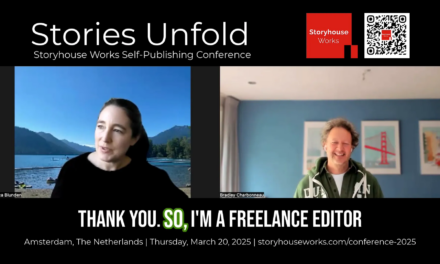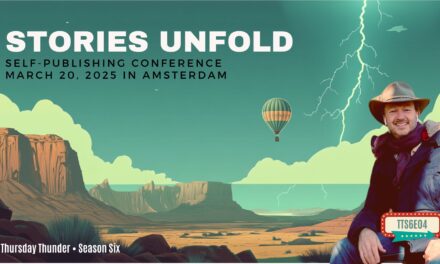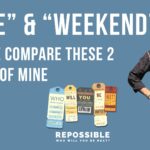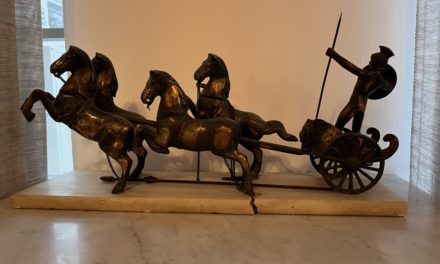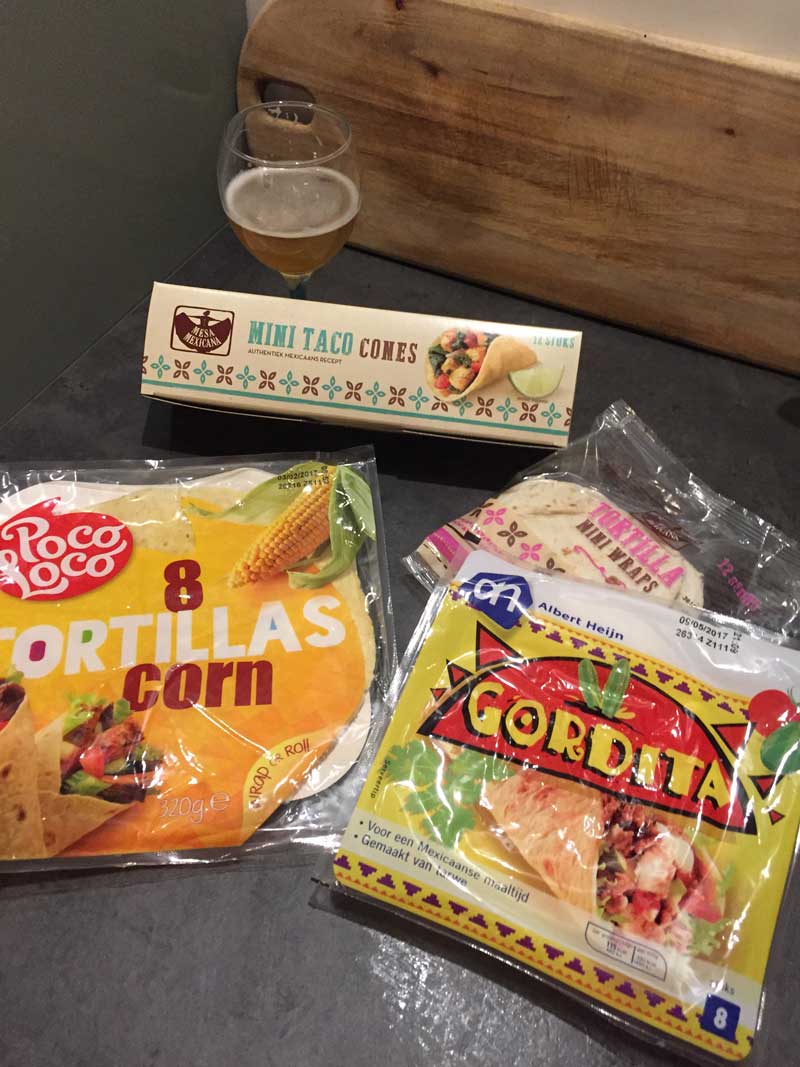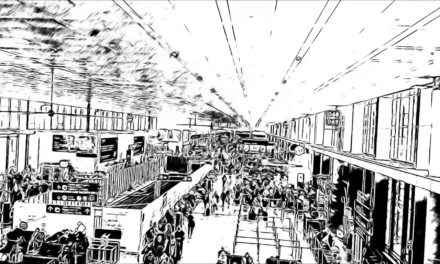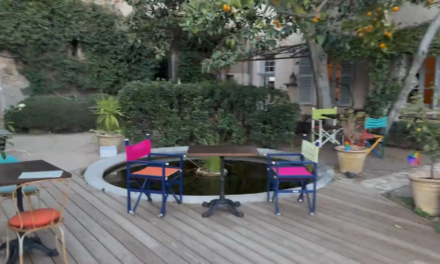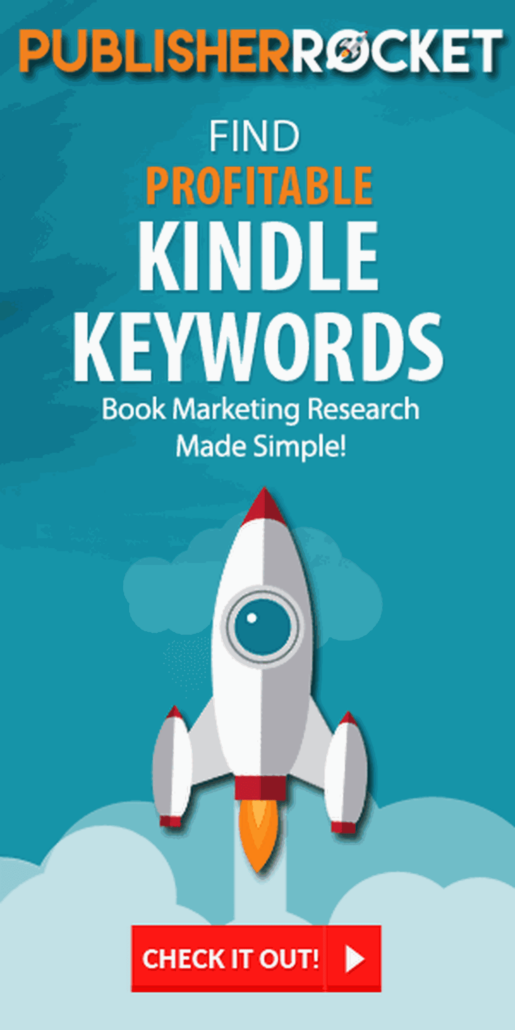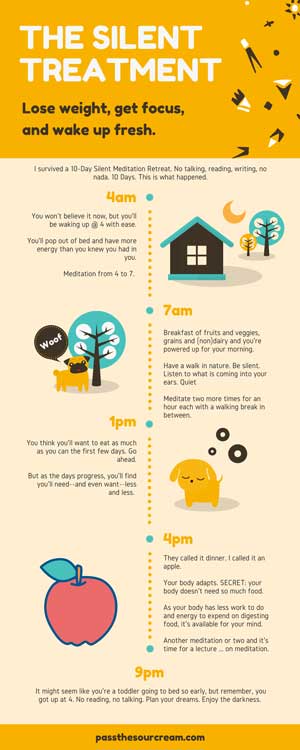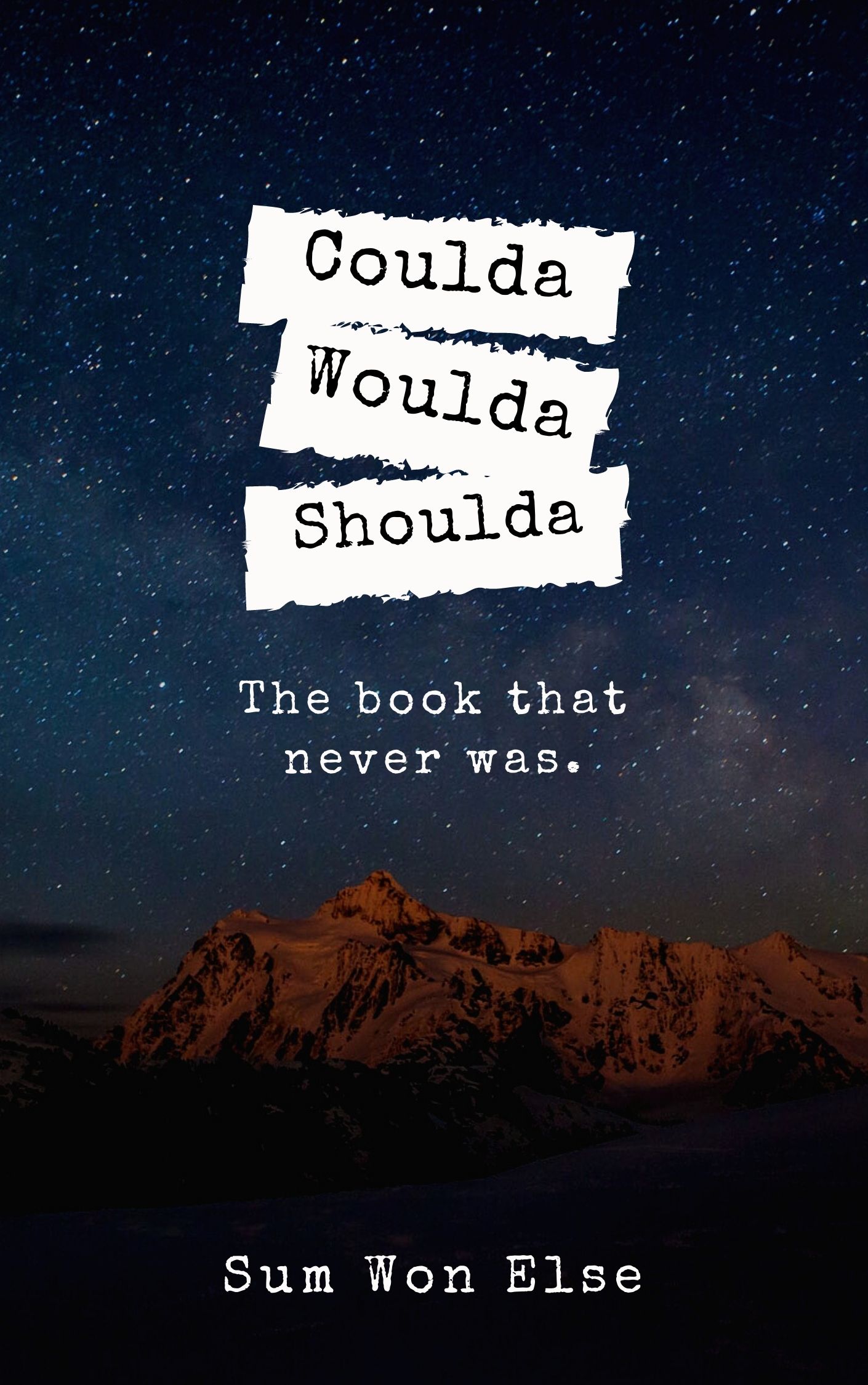
Print Isn’t Dead: Why 60% of Books Are Still Paper — a Guide to Print Book Publishing
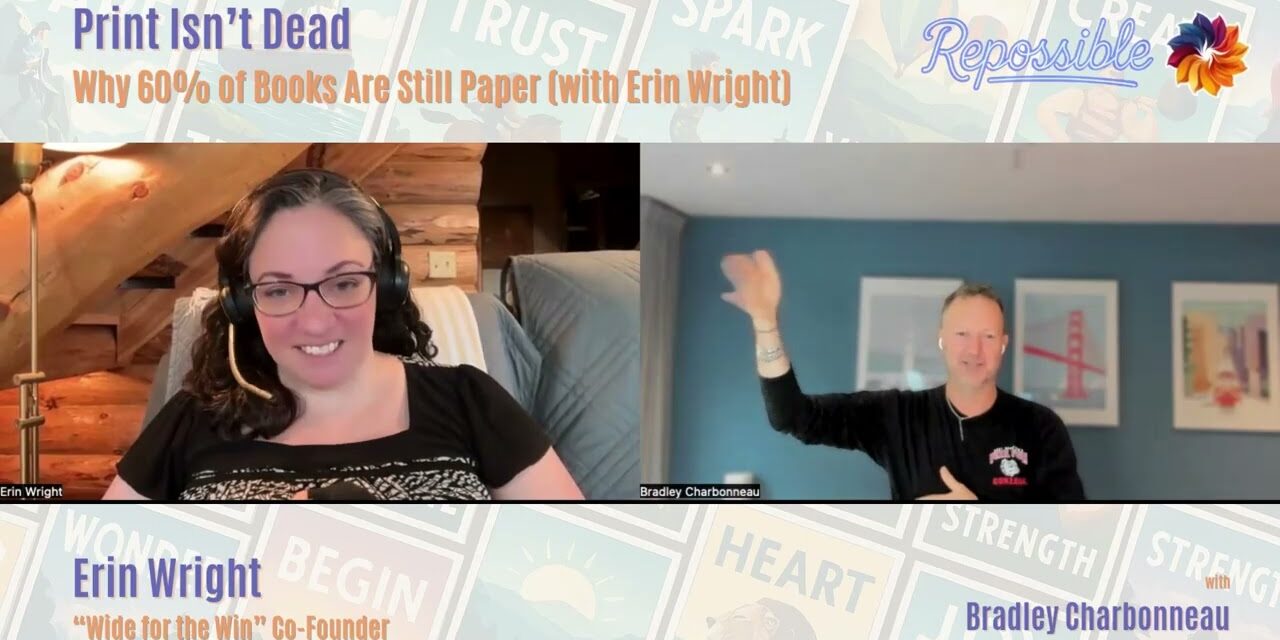
I’m Bradley Charbonneau, and I sat down with Erin Wright (co-founder of Wide for the Win) to dig into one surprising truth: despite ebooks and audiobooks, over 60% of books are still consumed in print. If you’re exploring print book publishing—whether you’re curious about basic paperbacks, “shelf trophies” with foil and sprayed edges, or how distribution and returns actually work—this is your practical primer.
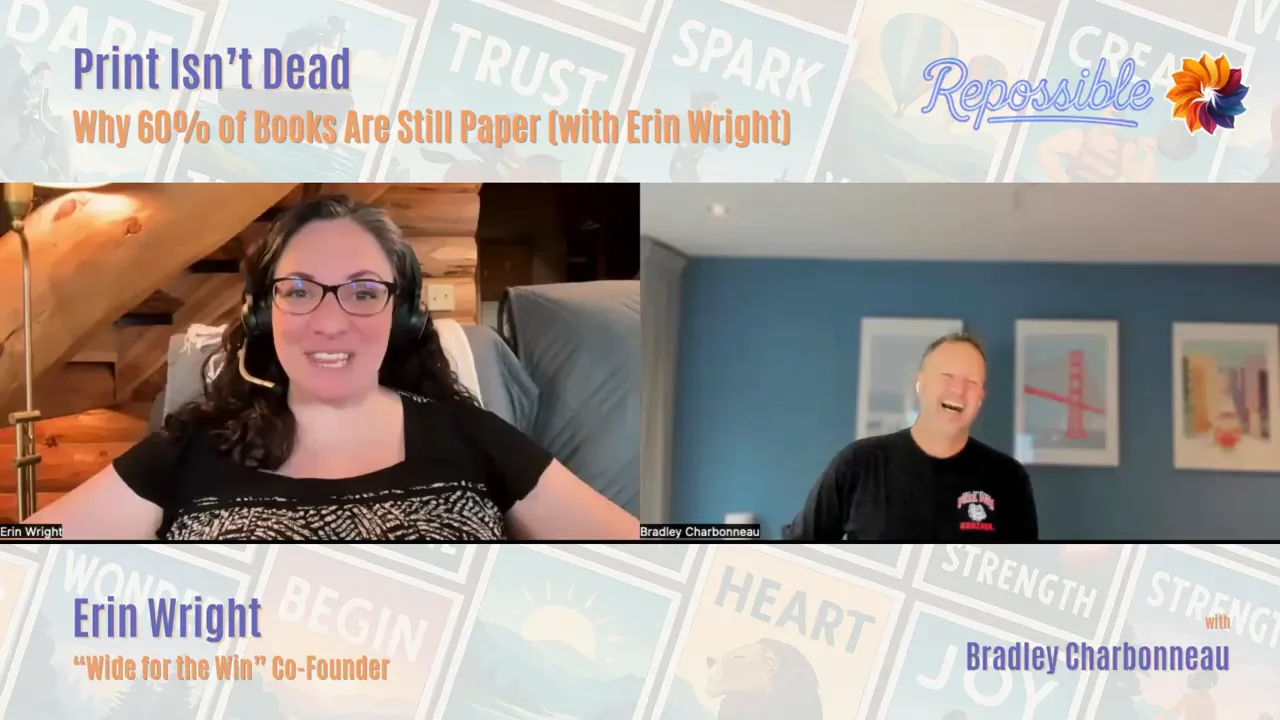
Table of Contents
- Why print still matters
- Returns, scammers, and the economics behind distribution
- Shelf trophies, Kickstarter, and direct sales
- IngramSpark, bookstores, and libraries
- Formats that matter: large print and accessibility
- Where to start: courses and practical next steps
- Conclusion
- Frequently Asked Questions
Why print still matters
There are a few simple reasons readers keep buying physical books. Many people simply prefer holding a book. Others—especially younger readers—want ownership in an era of subscriptions and streaming: “A print book, you own it.” That tangibility fuels collecting behavior, and it’s why premium editions sell as much as they do.
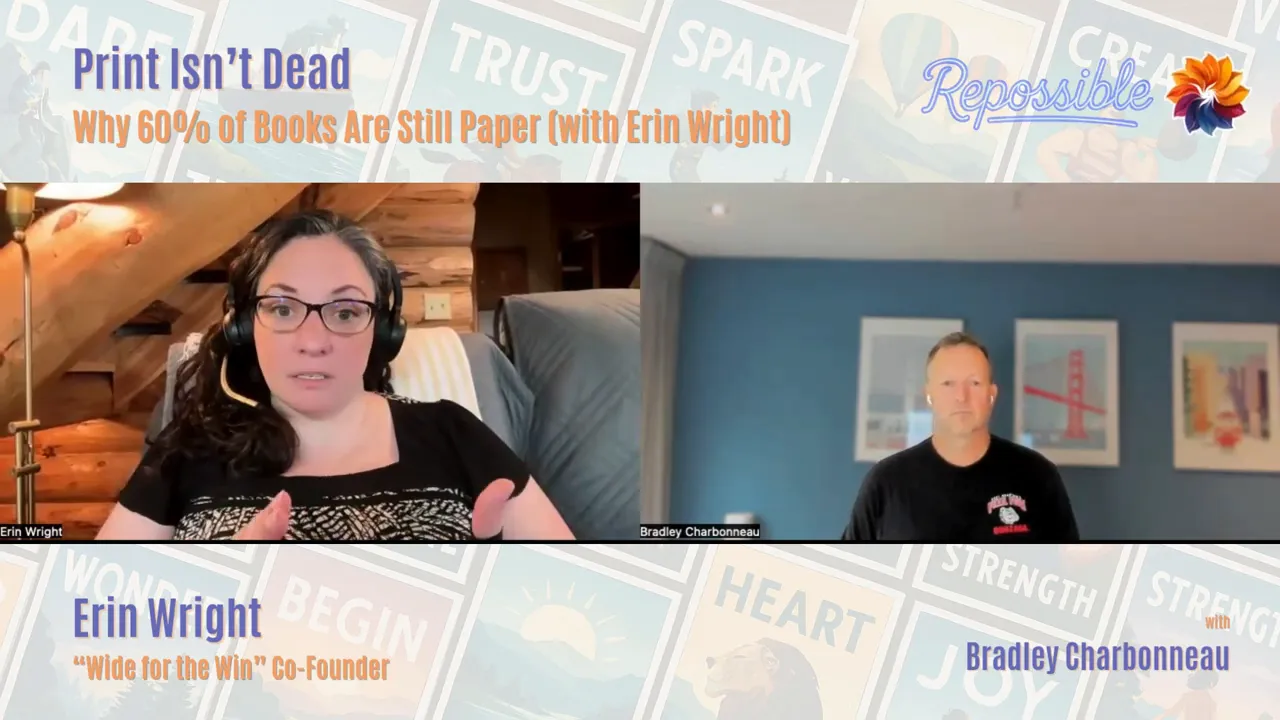
Returns, scammers, and the economics behind distribution
One of the clearest barriers to low-effort spam in print is returns. Print books come with return policies: when a book is returned, royalties can be clawed back at a multiple of the earned royalty, which can quickly turn a $1 royalty into a net loss. That’s why most AI-spammy, low-quality output stays in ebook form. There is an exception—low-content products like generic notebooks—but full manuscripts are expensive and risky to mass-produce in print.
Shelf trophies, Kickstarter, and direct sales
Want a foiled cover, sprayed edges, custom endpapers, or a dust jacket? Those “shelf trophies” tend to be produced in specialty runs and sold via Kickstarter or BackerKit, then used for signings, direct-to-consumer sales, Etsy, or even eBay. Typical lifecycle: crowdfund the premium run, deliver to backers, then use leftover copies for events and direct sales. Bookstores usually stock standard trade formats, so premium runs live mostly off-channel.
IngramSpark, bookstores, and libraries
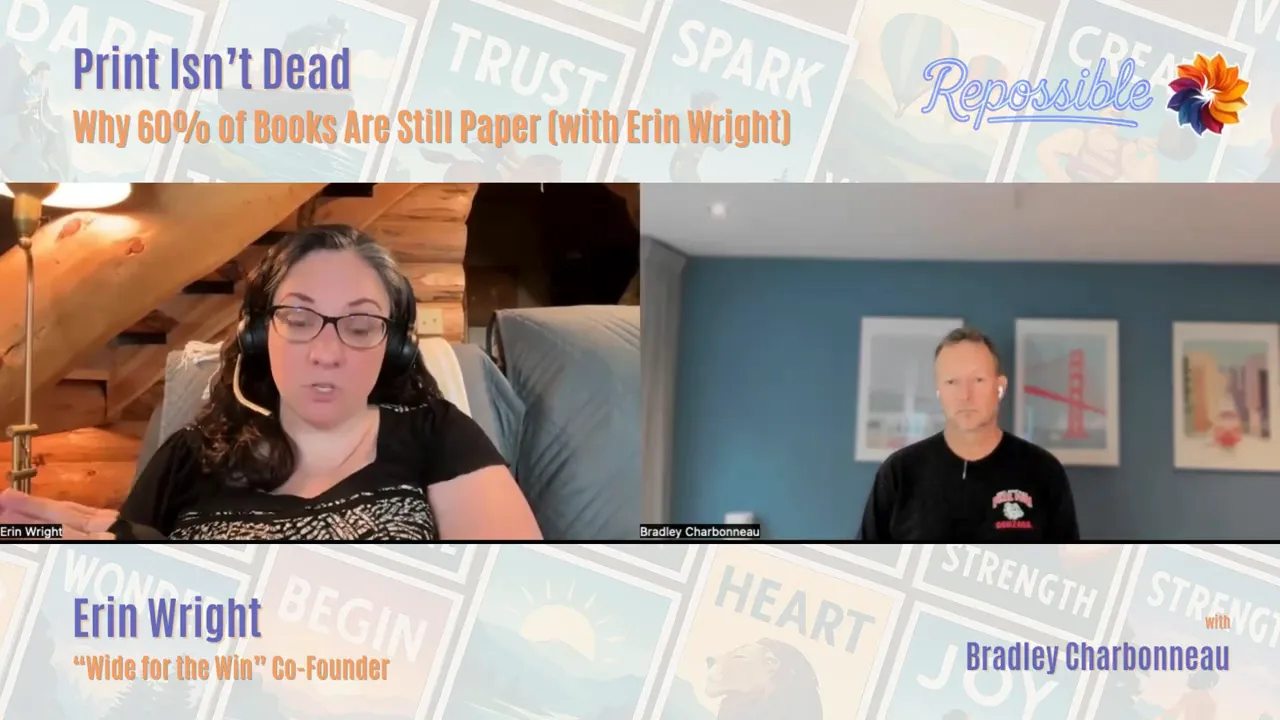
Ingram is the world’s largest distributor of English-language print books and the gateway to bookstores and libraries. Unlike retailers, Ingram sells only to retailers and institutions, not the public. Optimizing your IngramSpark listing (metadata, categories, keywords, discount and return settings) improves discoverability—often without ad spend. Libraries also respond to trade reviews (Kirkus, Publishers Weekly), and there are cost-effective strategies to pursue those channels.
Formats that matter: large print and accessibility
Large print is often overlooked, but it’s not just for readers with vision loss—studies show larger type can increase comprehension for many readers. Offering a large-print edition can expand reach into libraries and readers who prioritize readability.
Where to start: courses and practical next steps
If you’re new to print book publishing, start with the fundamentals: paper choice (cream vs white), trim size, spine calculations, discount and return settings, and how distribution choices (Amazon, Barnes & Noble, IngramSpark) affect availability. Erin teaches accessible, affordable courses—Print 101 first, then Print 201 and niche classes (large print, Ingram optimization, Kickstarters)—so you build a foundation before chasing foils and sprayed edges.
Conclusion
Print isn’t nostalgia—it’s strategic. From ownership psychology to return economics, and from Ingram discoverability to Kickstarter-fueled premium runs, the print ecosystem rewards thoughtful planning. If you want to get started in print book publishing, learn the basics first, then decide whether you need a standard trade run, a large-print edition, or a collectible shelf trophy.
Frequently Asked Questions
Is print book publishing still profitable for indie authors?
Yes—when you understand distribution, returns, and pricing. Print sales can be steady over time if you optimize Ingram listings, target libraries and bookstores, and control print runs for specialty editions.
Why do scammers avoid print?
Returns and production costs make print risky. Returned copies can trigger royalty clawbacks; producing and shipping physical books is more work and expense than uploading cheap ebooks.
What’s a “shelf trophy” and how do I make one?
A shelf trophy is a premium, collectible edition (foil, sprayed edges, dust jacket). Most authors produce them via Kickstarter or BackerKit with a specialty printer, then sell leftovers direct-to-consumer or at events.
Do I need IngramSpark to get into bookstores and libraries?
IngramSpark is the most common route because Ingram distributes to bookstores and libraries worldwide. Optimizing your Ingram listing increases chances of discoverability by booksellers and librarians.
Wide for the Win |
|
Wide Author Publishing |
| Learn More |

